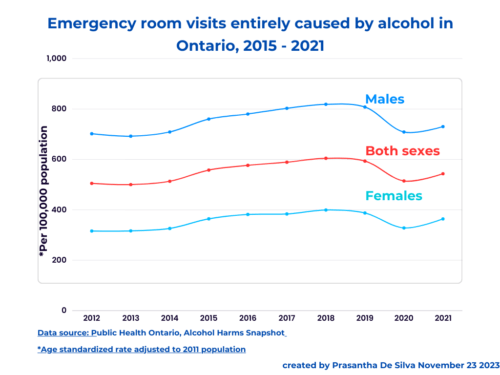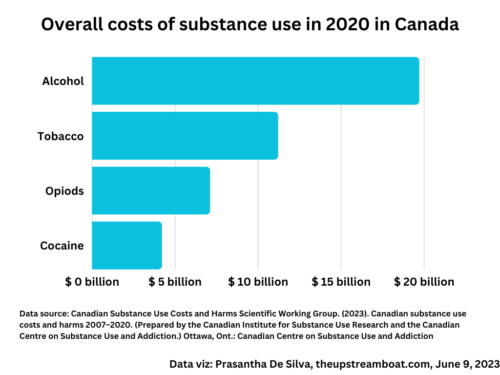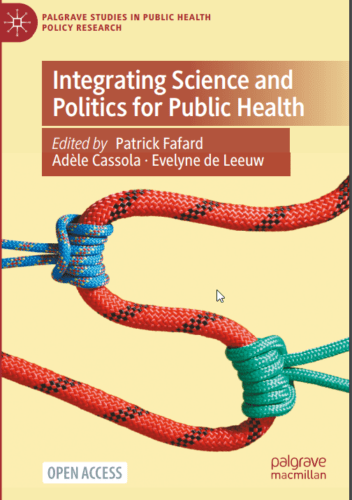Category: cognitive biases
Pluralistic ignorance
Imagine that you are listening to a lecture with your classmates. You want to ask a question from the lecturer to clarify a certain matter. However, you assume your classmates understand the presentation because they do not ask questions. Therefore, you won’t ask your question. Sounds familiar? Your friends too won’t disturb the presenter for the same reason. You all are experiencing “pluralistic ignorance”. This is the opposite of the false consensus bias in which the minority believe they are the majority. Miller and McFarland demonstrated the same in 1987: their 22 study participants – university students – responded to…
False consensus effect: We overestimate sometimes
We overestimate, sometimes. We assume more people agree with what we agree upon. But, often, that is not the reality. We might be in ” false consensus”. We overestimate. The subject experts call it the ” false consensus effect” It is a strong cognitive bias. This effect came to light with Ross et al’s research conducted with Stanford University students in 1976. Ross et al. study series: 1976 Ross and his team asked a group of students whether they agreed to walk 30 minutes around the campus wearing a signboard displaying “eat at Joe’s”. They also asked another question from…
Related Articles
What is the Self-Fulfilling Prophecy?
Think of this scenario: “A depositor empties his bank account because of his wrong belief that the bank is bankrupt. The word spreads like a wildfire; others follow suit. As a result, the bank becomes bankrupt”. This, in fact, occurred in Greece in 2015. This is the “self-fulfilling prophecy”. As far back as in 1948, Robert Merton described this phenomenon using the above scenario. So, this is what happens: 1. We make an assumption. 2. We change our action/behaviour based on this assumption. 3. Due to our action/behaviour, the assumption becomes true. According to Merton’s words, it is like this:…









